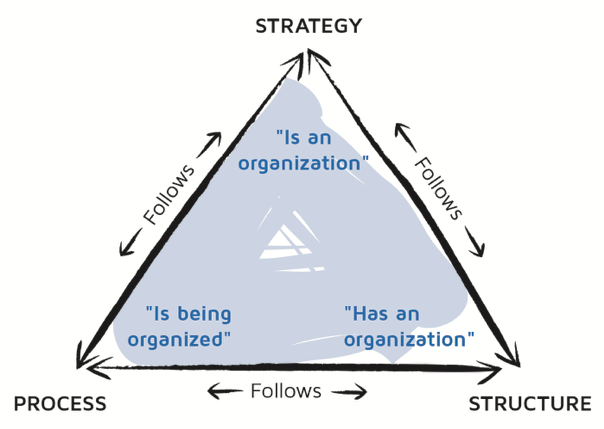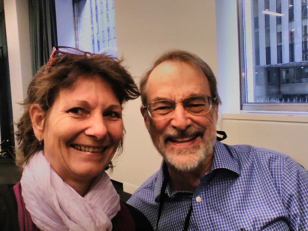We hear people often say that an Agile transformation implies a culture change and that this culture change refers actually to a change of the mindset. However, what does this really mean, and how can you possibly change the culture (or help others do it)?
The very first answer is, you will not change the culture and / or mindset by talking about values, or printing the values together with the company’s vision in big letters at the front door. In our experience, culture only changes when habits and behaviors change. One of the definitions of culture is: “It’s the stories we tell ourselves about ourselves” — and the stories are based on our experiences based on our behaviors. So, different behaviors and thus habits lead to different stories. Of course, a well done story (for example, a moving speech by a respected senior leader) can also affect behaviors. So, if you want to change culture, where should you focus in this complex system of behaviors and stories?
What kind of behaviors should you focus on, which ones will make the differences an Agile transformation requires? To answer this question, we look deeply at the company’s basic make up. What makes a company? It is actually the strategy (referring also to the company’s purpose), the structure, and the processes. This is sometimes also stated as the company:
- Is an organization (expressed by its strategy)
- Has an organization (shown by its structure)
- Is being organized (exposed by its processes)

The interesting thing is, strategy, structure, and processes influence each other. So if you start changing one, it will have an impact on the others. (If you’re curious, you can search with your favorite search engine for “strategy follows structure” and for “structure follows strategy.” You’ll find there are many reports, even research studies either way.)
Now, coming back to that question: What kind of behaviors you should focus on: Actually it doesn’t really matter. You can start changing behaviors in terms of your strategy, your structure, or your processes and the unchanged part of your company will follow at least a bit, which makes culture change both easy and hard. It would be nice to have a recipe and, on the other hand, you can just start e.g. with your biggest pain points, your research, or what speaks most to you.
For example, you could start changing your structure by using self-selecting teams for your next project. You would identify:
- The goal of the project (or product).
- The skills and capabilities needed (which could also be acquired on the go).
- The amount of people and / or teams are needed.
- And then …
…invite people to self-select if they want to work on the project and in which team.
You will notice quickly that the team will start coming up with a process that will suit them best, because the invitation and empowerment for self-selection leverages their commitment to everything involved with the project. (And most often, you will find that they will make some corrections: a few different skills are actually required and more or less people than you originally thought, etc. They will start adapting right away..)
You are also likely to find that the change toward self-selected teams has great innovative power, often leading individuals and teams to suggest new products and projects because invitation often triggers passion. Moreover, the people who take part in this self-selection experience will share this experience with their peers. The experience will become one of the stories employees tell in- and outside of the company about themselves. Those stories will in turn affect future behavior.
Culture will not change by propagating different values. Culture can only change by changing habits and behaviors. These in turn will change values, plans, procedures, and norms and finally the “stories we tell ourselves about ourselves” regarding our bottomline assumptions and beliefs. And although changing the culture of a company takes a long time, changing a behavior can be done quickly. Thus, you can easily change your culture one behavior at a time, and the stories about that one behavior will ripple out to change other behaviors.
|
|












